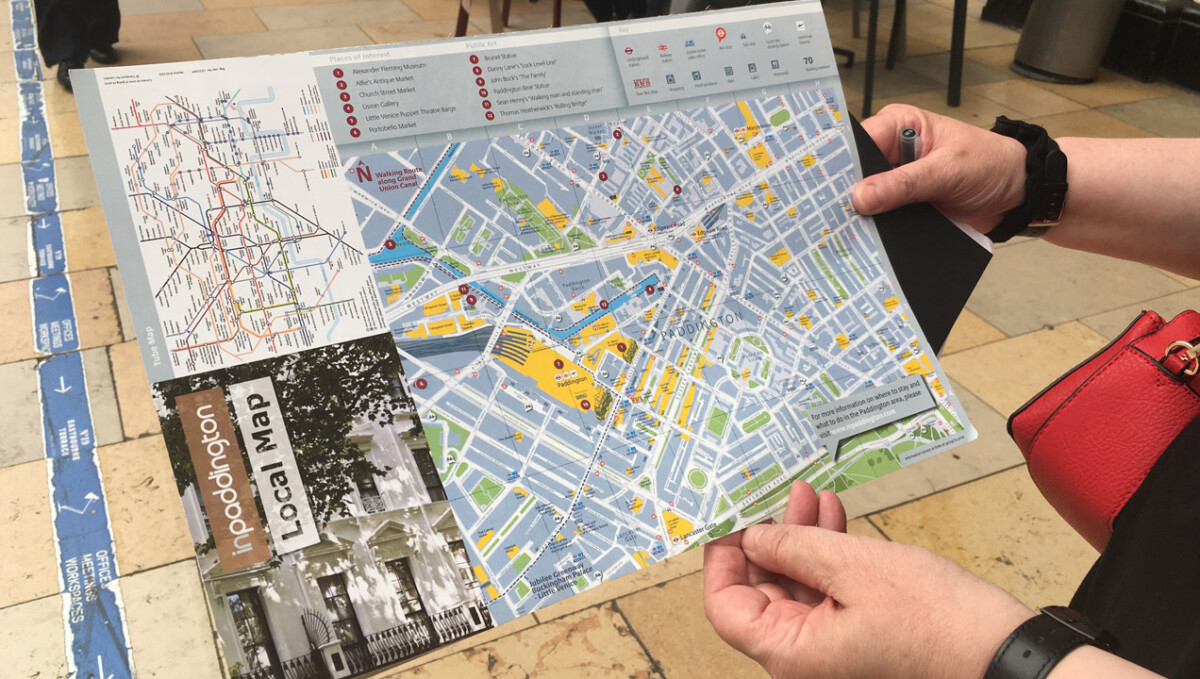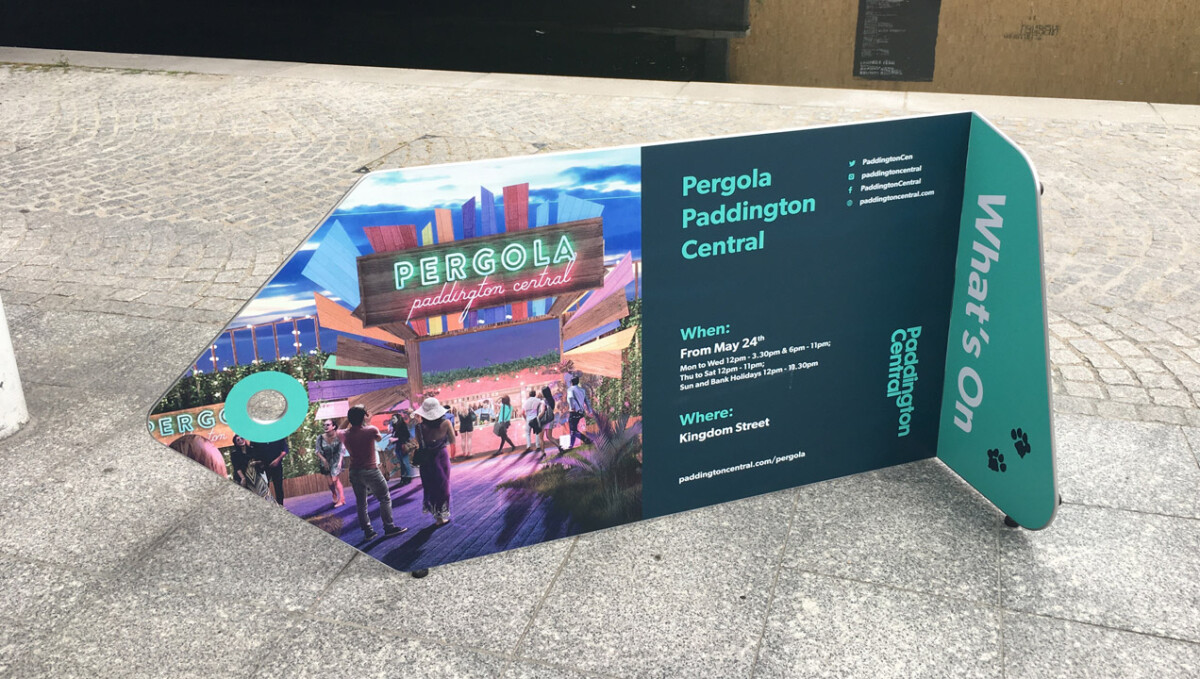At Sutherland Labs, we have a range of methodologies that we use to help our clients explore their research, design, and business objectives. The precise methodological approach will depend on a number of factors, including the research questions/objectives, the research material, the product or service in question, timescales, and budget.
In this post, we’ll present a method we adopt when we want to understand user needs, gaps, and opportunities for a service. Called a Service Safari, it’s an exploration of a service from a customer experience perspective.
The method captures the real-world experience of a specific service, type of service, or a wider range of services, be that for booking train tickets, or a hotel or shopping mall experience, to a car hire or passport renewal service.
Starting the process

As with any project, we’ll start the project with a stakeholder meeting so that everyone can agree on the research objectives and questions, approach, timescales, and deliverables. We’ll also use this time to delve deeper into understanding the business objectives and any background to the project that could prove useful.
Harvesting data
Following the planning meeting, we put our plan of attack into action. Usually in teams of two, we’ll explore the service ourselves. If it’s a train ticket booking system, we’ll buy a ticket and go on a journey, or if it’s a shopping mall experience, then we’ll visit the shopping mall and familiarize ourselves with the services and facilities on offer.Immersing ourselves in the service is key here as we aim to experience it from the customer’s perspective.

This gives us a first hand understanding of what it feels like to be a customer; what thoughts, frustrations and concerns customers might be having at each stage, and can even present new opportunities that the company can explore further.
Immersing ourselves in the service is key here as we aim to experience it from the customer’s perspective
But there’s also a more fundamental aspect to this stage of the research; it allows us to map out the various touch-points and understand how everything fits together. We’ll explore touchpoints, environments (e.g. a physical train station, kiosks, etc), websites, apps and physical artefacts (e.g. a ticket, paperwork, etc). We’ll also speak to customers, and employees, where possible, to get additional perspectives on the service.

Over time, we’ll use these findings to add a canvas to the service framework until a rich picture is revealed.
We’ll capture this information in notebooks, or as pictures. We might also collect artefacts such as receipts, tickets, brochures, leaflets or any other material that we are faced with, whilst experiencing a service.
Deep-diving into the data
Once the data collection phase is complete, it’s time to review everything and look for patterns, issues, and opportunities. Having more than one researcher working on a project really helps this stage as the two can validate each other’s findings. Discussion of the data is also a great way to synthesize findings and gain deeper insights.
The precise deliverables will depend on the project, but a journey map or journey log are common outputs. We’ll use the journey map to visualize the flow of touch-points, highlighting the issues and opportunities in parallel swim-lanes. It’s a useful analytical tool for the researchers, as well as for the service designers and makes for a powerful reference tool throughout a service design project, allowing teams to consistently check how changes might affect the customer journey.
Pros and cons of a Service Safari
So when should you use a Service Safari and when might it not be appropriate? Service Safaris are great at giving you an initial understanding of the customer experience of a service. The kinds of questions it would help you answer include if you wanted to understand where the pain points are in a shopping experience, and begin to understand some of their causes. It might highlight things that competing services do particularly well in comparison to your own service. Exploring the service as customers ourselves, also helps uncover some of the workarounds that customers may employ. It’ll also help you to understand what works particularly well and could be replicated in other parts of the business.
Exploring the service as customers ourselves, also helps uncover some of the workarounds that customers may employ
However, for a deeper, more exhaustive understanding, user research is key. To explore the end-to-end journey it may be that a full ethnographic study is appropriate. Here, the researcher would spend anything up to a day with a customer (and do this with several customers), shadowing them to understand the minutiae of their experience, including motivations and any previous experiences that influence their current one.
Service Safaris are also not solely appropriate when wanting a deep understanding of specific touchpoints within a service. For example, when trying to ‘look behind the numbers’ from analytics data, to understand why a booking app might not be working optimally. In that scenario, lab-based sessions with potential customers might be a more fruitful approach, to supplement a Service Safari. One-to-one sessions allow researchers to focus on individual touchpoints, to explore issues at a finer granularity, and provide more focused recommendations.
Read more about our approach and how it adds value in our case studies.
